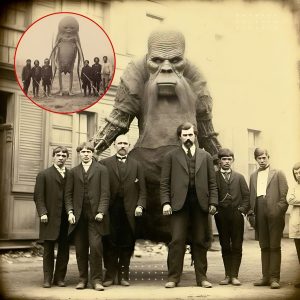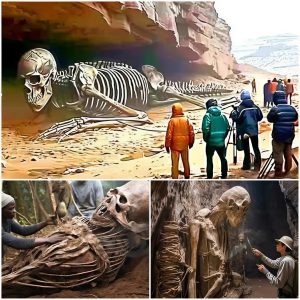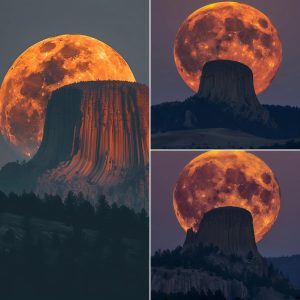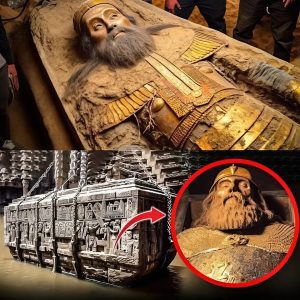For decades, the intriguing concept of ancient giants has captivated historians, archaeologists, and conspiracy theorists alike. Recent discoveries in America have reignited this fascination, suggesting that giants may have once roamed the land. This article delves into the forbidden archaeology of these lost giants, examining the evidence and theories that surround their existence.
Over the years, numerous reports have surfaced about the discovery of giant skeletons across North America. These findings, often dismissed by mainstream archaeology, point to the existence of beings far larger than modern humans. Excavations in various states, including Ohio, Tennessee, and Nevada, have uncovered skeletal remains that measure between 7 to 12 feet in height, sparking intense debate and speculation.

The evidence for the existence of ancient giants in America is both tantalizing and controversial. Reports from the 19th and early 20th centuries describe giant bones unearthed by farmers, miners, and amateur archaeologists. These accounts, often accompanied by detailed measurements and descriptions, suggest a race of giants that lived alongside ancient Native American cultures.
One of the most compelling aspects of these discoveries is the advanced technology and burial practices associated with the giants. Artifacts found alongside the giant skeletons, such as intricately carved tools, weapons, and jewelry, indicate a sophisticated culture with advanced metallurgical skills. Additionally, the elaborate burial mounds and tombs suggest a society that placed significant importance on honoring their dead.
The existence of giants in ancient America has given rise to numerous theories. Some researchers propose that these giants were a distinct race of humans, possibly descendants of the Nephilim mentioned in biblical texts. Others suggest that they could be remnants of a lost civilization, perhaps related to the builders of other megalithic structures around the world.
Despite the intriguing evidence, mainstream archaeology remains skeptical of the giant theory. Critics argue that many of the discoveries lack proper documentation and verification, and some have been debunked as hoaxes. Skeptics also point to the lack of peer-reviewed studies and the absence of giant skeletons in major museums as reasons to doubt the existence of ancient giants.
The study of ancient giants in America is far from over. Independent researchers and enthusiasts continue to explore this forbidden archaeology, using modern technology and methods to uncover more evidence. Advances in DNA analysis and radiocarbon dating may eventually provide more concrete answers about the origins and existence of these mysterious giants.
The truth about the giants remains elusive, shrouded in mystery and debate. While mainstream archaeology largely dismisses the notion of ancient giants in America, the persistent discoveries and compelling evidence continue to fuel curiosity and investigation. As research progresses, we may one day uncover the full story of these lost giants and their place in the annals of human history. Until then, the legend of the giants remains an intriguing chapter in the study of forbidden archaeology.





